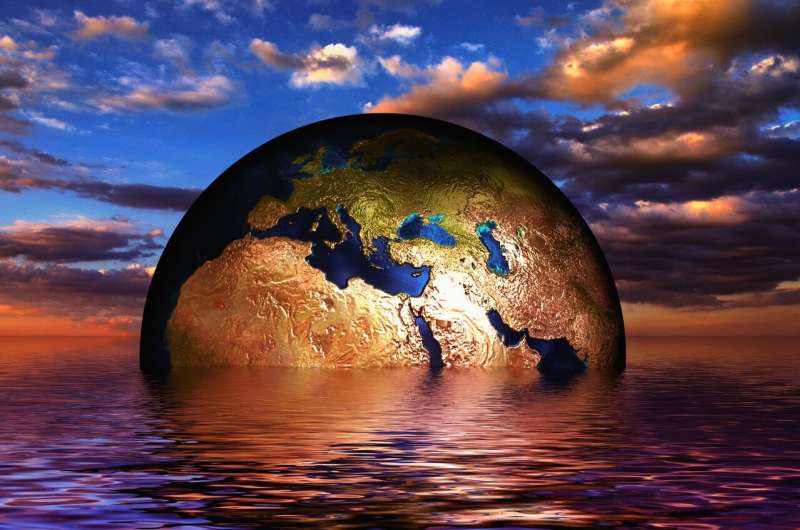How the impact of El Niño on Asian-Western Pacific climate would change under global warming

The impact of El Niño on East Asian climate under a warmer climate will be dominated by the change in El Niño decaying pace, according to a new paper published by a research team based in the Institute of Atmospheric Physics, Chinese Academy of Sciences, China.
The western North Pacific anomalous anticyclone (WNPAC) is a low-level atmospheric circulation system, linking up El Niño events with East Asian-Western Pacific summer climate. The WNPAC can persist from El Niño mature phase in boreal winter to the upcoming summer, bringing abundant moisture to enhance the precipitation over East Asia. How the WNPAC will change in the future concerns millions of people living in the East Asian-Western Pacific region, but the future change in the WNPAC under global warming is highly uncertain across climate models.
The study, which appears in Journal of Climate online on 5th June, found that about 23% of the uncertainty in WNPAC projection is attributed to the El Niño amplitude change while the rest 77% is from non-amplitude change which is mainly related to the change in El Niño decaying pace, according to Tianjun Zhou, the corresponding author of the paper.
Zhou is a senior scientist at the Institute of Atmospheric Physics in the Chinese Academy of Sciences. He is also a professor at the University of Chinese Academy of Sciences (UCAS).
"To separately quantify the contributions of El Niño amplitude change and non-amplitude change from the total uncertainties, we have developed a new decomposition method. This decomposition method is based on large ensemble climate simulation. We have used the output of 40-member large ensemble from the Community Earth System Model Large Ensemble project," said Mingna Wu, the first author of the study, who is a Ph. D student from the UCAS.
"A larger El Niño amplitude can enhance the WNPAC through a stronger tropical Indian Ocean capacitor effect under a warmer climate, while a faster El Niño decaying pace can also enhance the WNPAC through descending Rossby waves in response to colder than normal sea surface temperature over the tropical central-eastern Pacific, and vice versa," explained Dr. Xiaolong Chen, co-author of the study, and an associated professor at the Institute of Atmospheric Physics, Chinese Academy of Sciences.
"In addition to El Niño amplitude, more attention should be paid to the influence of other El Niño characteristics (i.e. El Niño decaying pace) in climate system. Our decomposition method can be used to diagnose the origin of uncertainty related to El Niño in climate projections, as well as the relevant mechanisms." Highlighted Wu.
More information: Mingna Wu et al, The source of uncertainty in projecting the anomalous western North Pacific anticyclone during El Niño–decaying summers, Journal of Climate (2021). DOI: 10.1175/JCLI-D-20-0904.1
Journal information: Journal of Climate
Provided by Chinese Academy of Sciences



















